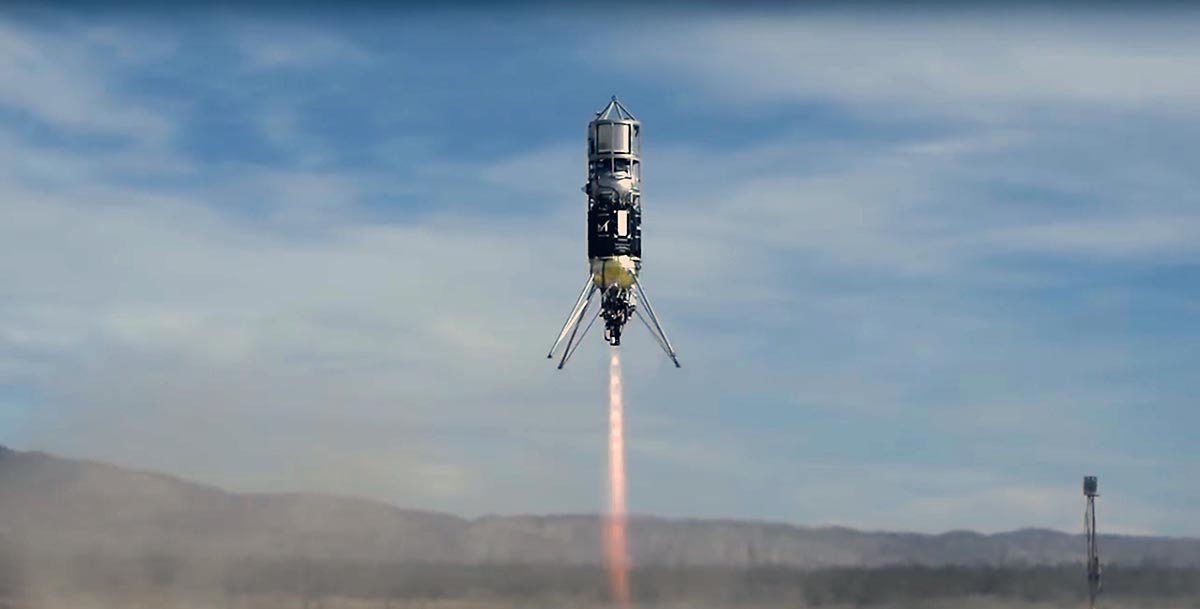Written by Andrew Good
NASA’s Jet Propulsion Laboratory
 Pasadena, CA – Canyons, craters and cracked ice fields on other worlds might be hiding exciting scientific discoveries. But how do we get spacecraft to land on dangerous, uneven terrain?
Pasadena, CA – Canyons, craters and cracked ice fields on other worlds might be hiding exciting scientific discoveries. But how do we get spacecraft to land on dangerous, uneven terrain?
A new NASA video explains how cutting-edge technologies could help. A system called the CoOperative Blending of Autonomous Landing Technologies (COBALT) is being developed in the Mojave Desert, with participation from several partners, including NASA’s Jet Propulsion Laboratory in Pasadena, California.

JPL’s contribution is a computer vision program called the Lander Vision System (LVS). It allows rockets to analyze a site during landing and match it with a pre-loaded terrain map.
COBALT combines LVS with hardware from NASA’s Langley Research Center in Hampton, Virginia: a laser-guided device called Navigation Doppler Lidar, which measures velocity as the rocket matches its position with the LVS terrain map. Both technologies have been integrated onto a Xodiac rocket developed by Masten Space Systems.
The COBALT project involves funding from several NASA programs. That includes the Flight Opportunities Program, based at Armstrong Flight Center in Edwards, California, which funded the flight on a Masten rocket.
The project’s development was funded through NASA’s Human Mission Directorate and the Space Technology Mission Directorate (STMD) Game Changing Development program.
For more information about the COBALT project, visit:
https://gameon.nasa.gov/cooperative-blending-of-autonomous-landing-technology-cobalt/
For more information about the Flight Opportunities program, visit:
https://www.nasa.gov/directorates/spacetech/flightopportunities/index.html
Video
COBALT Flight Demonstrations Fuse Technologies
The COBALT system pairs new landing sensor technologies that promise to yield the highest precision navigation solution ever tested for NASA space landing applications. The technologies included a navigation doppler lidar (NDL), which provides ultra-precise velocity and line-of-sight range measurements, and the Lander Vision System (LVS), which provides terrain-relative navigation.



